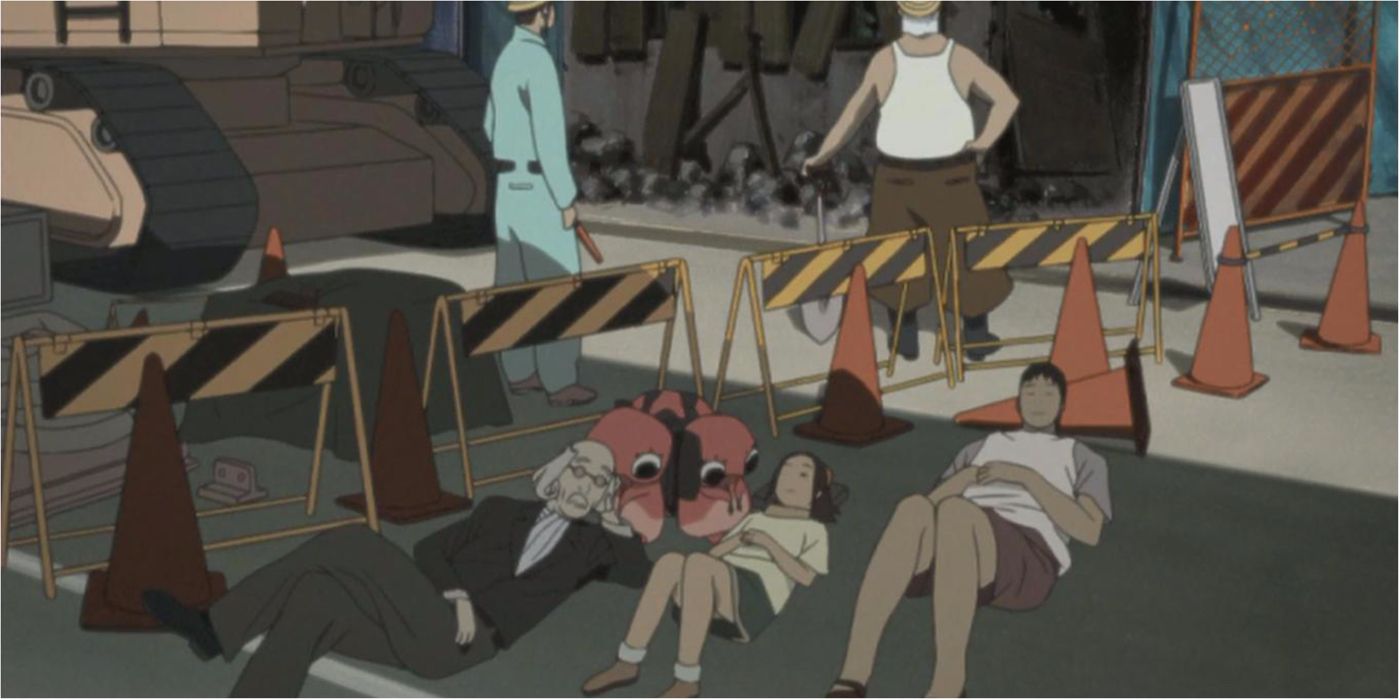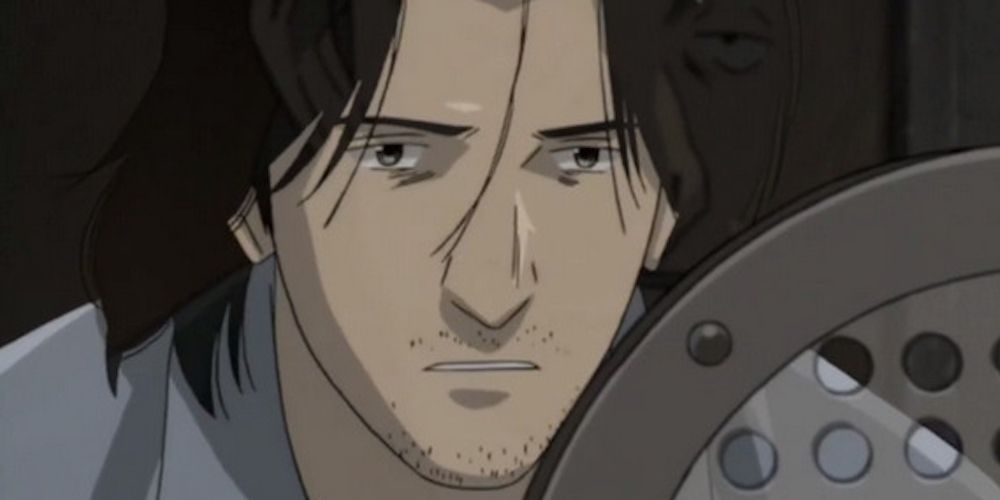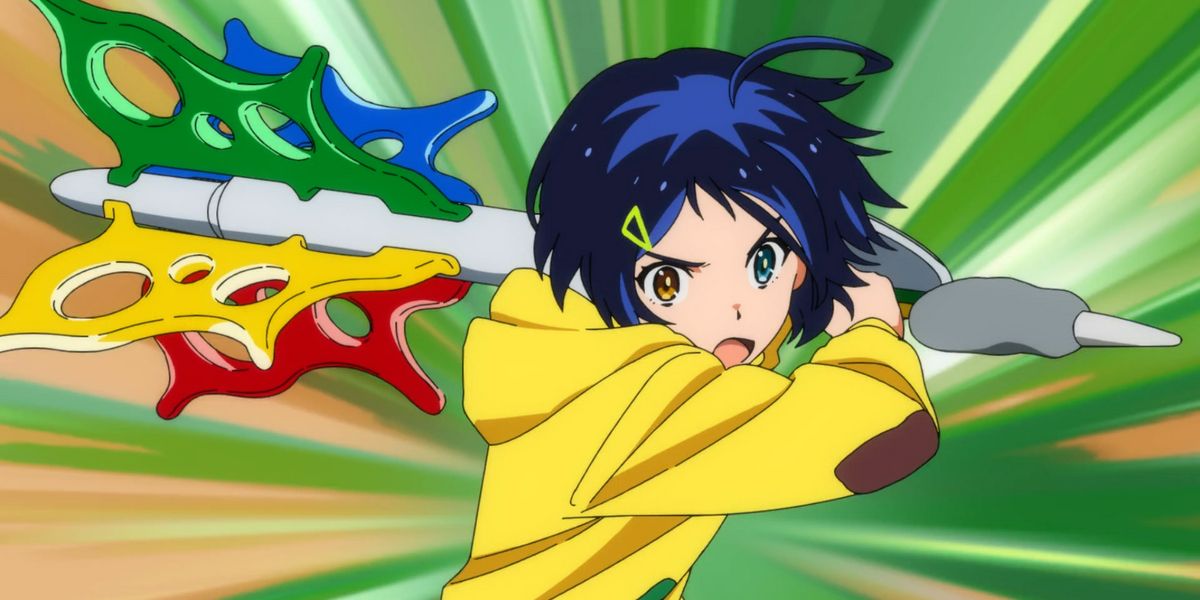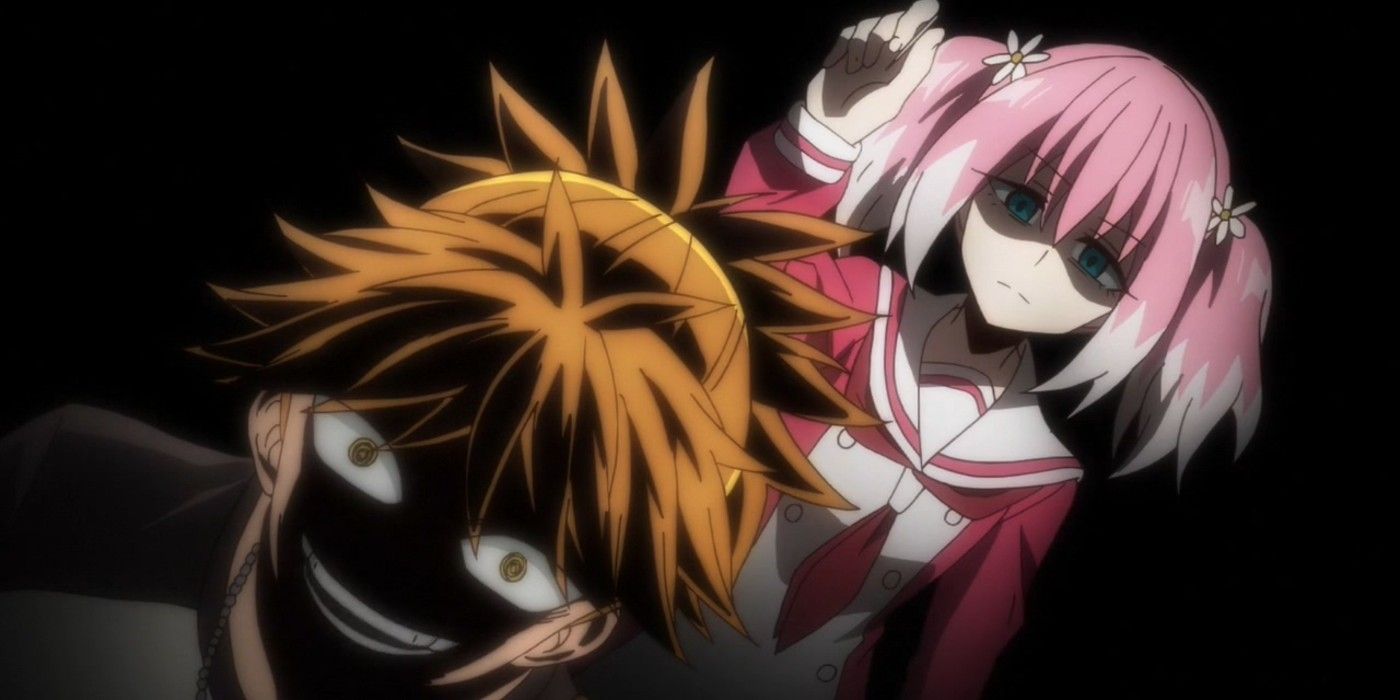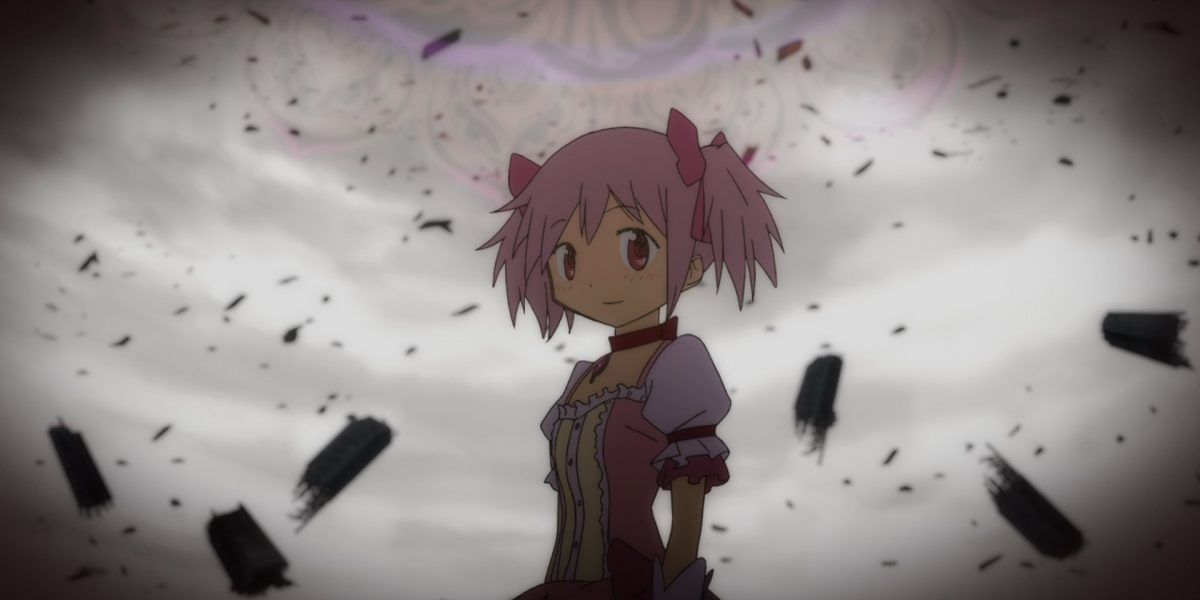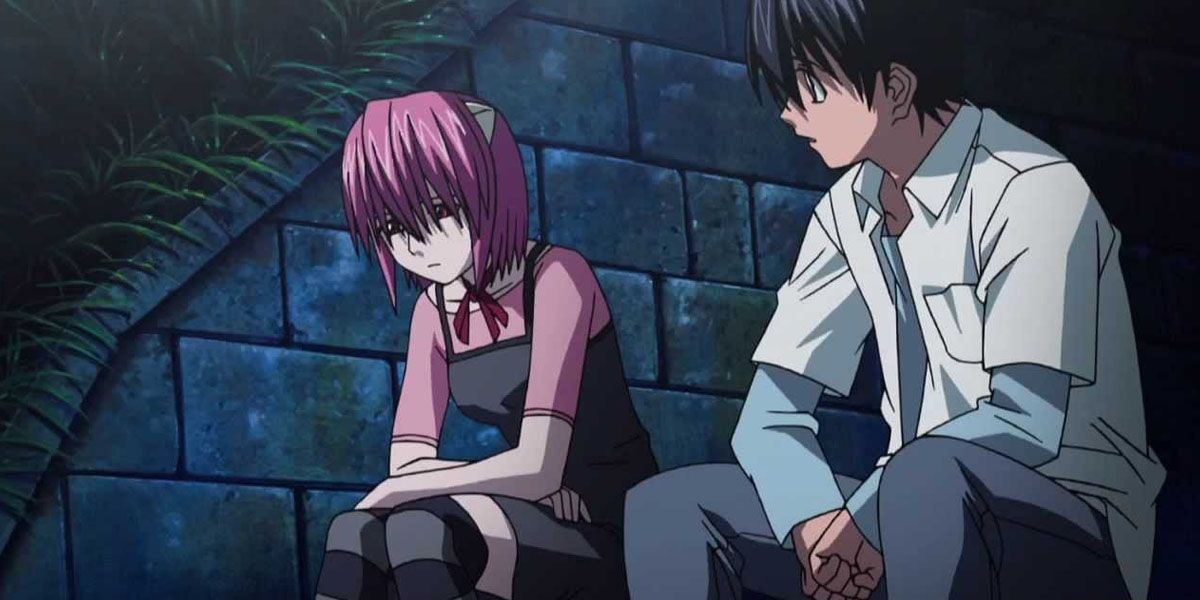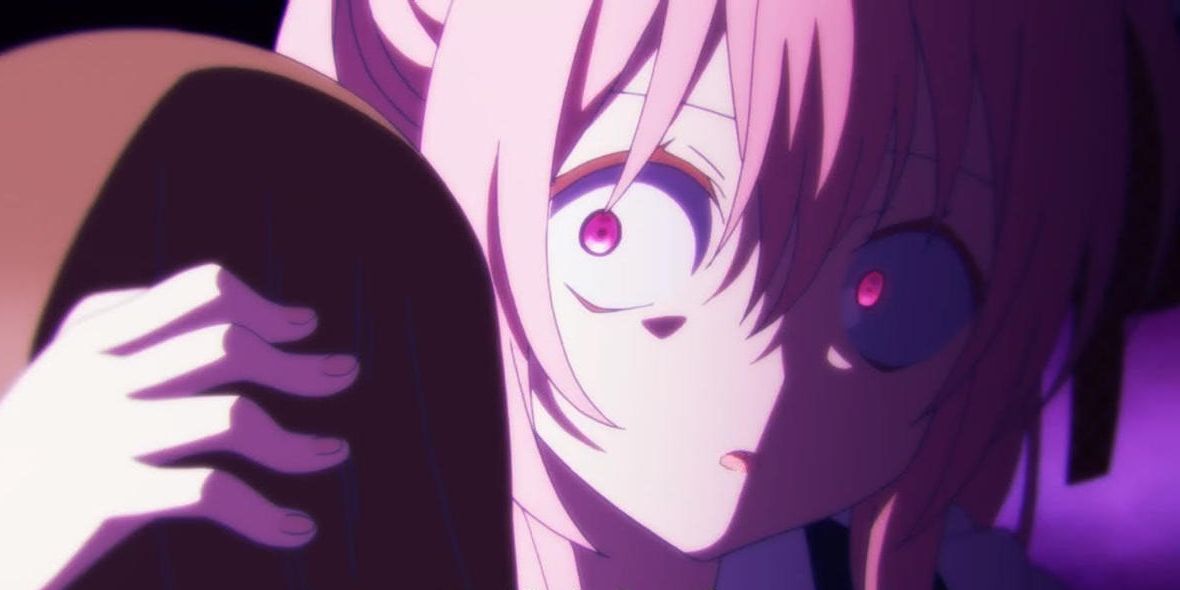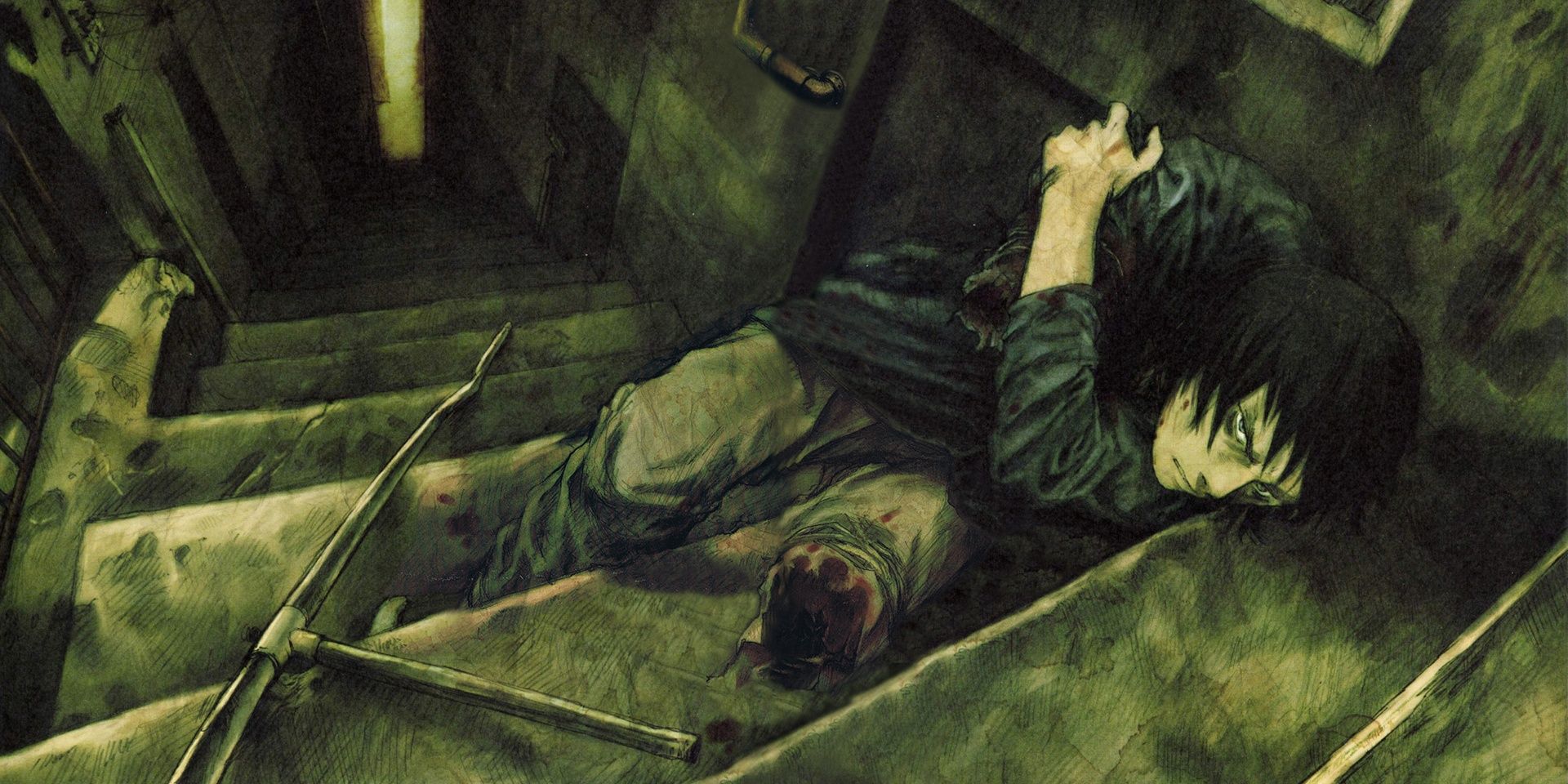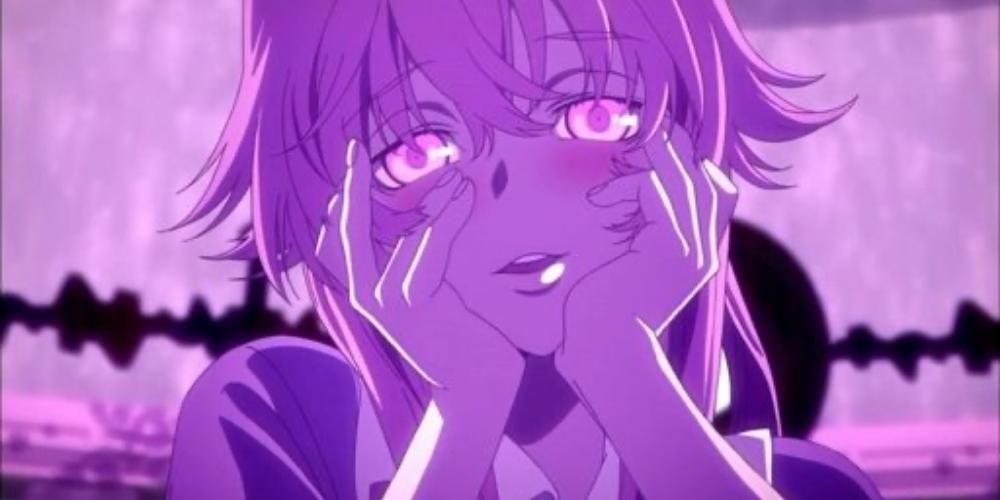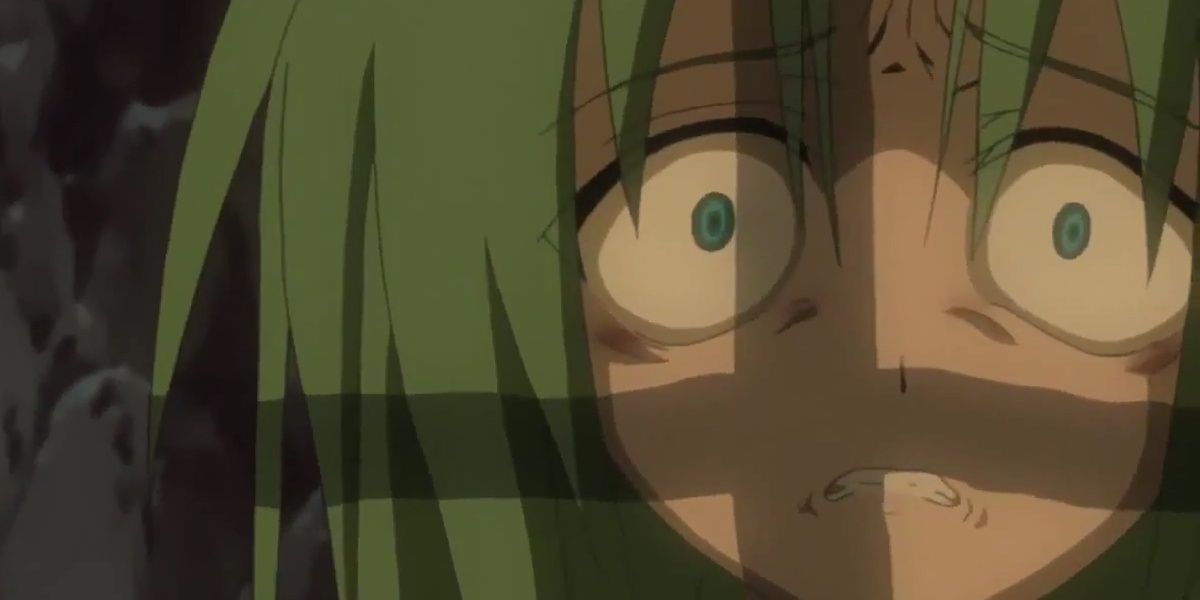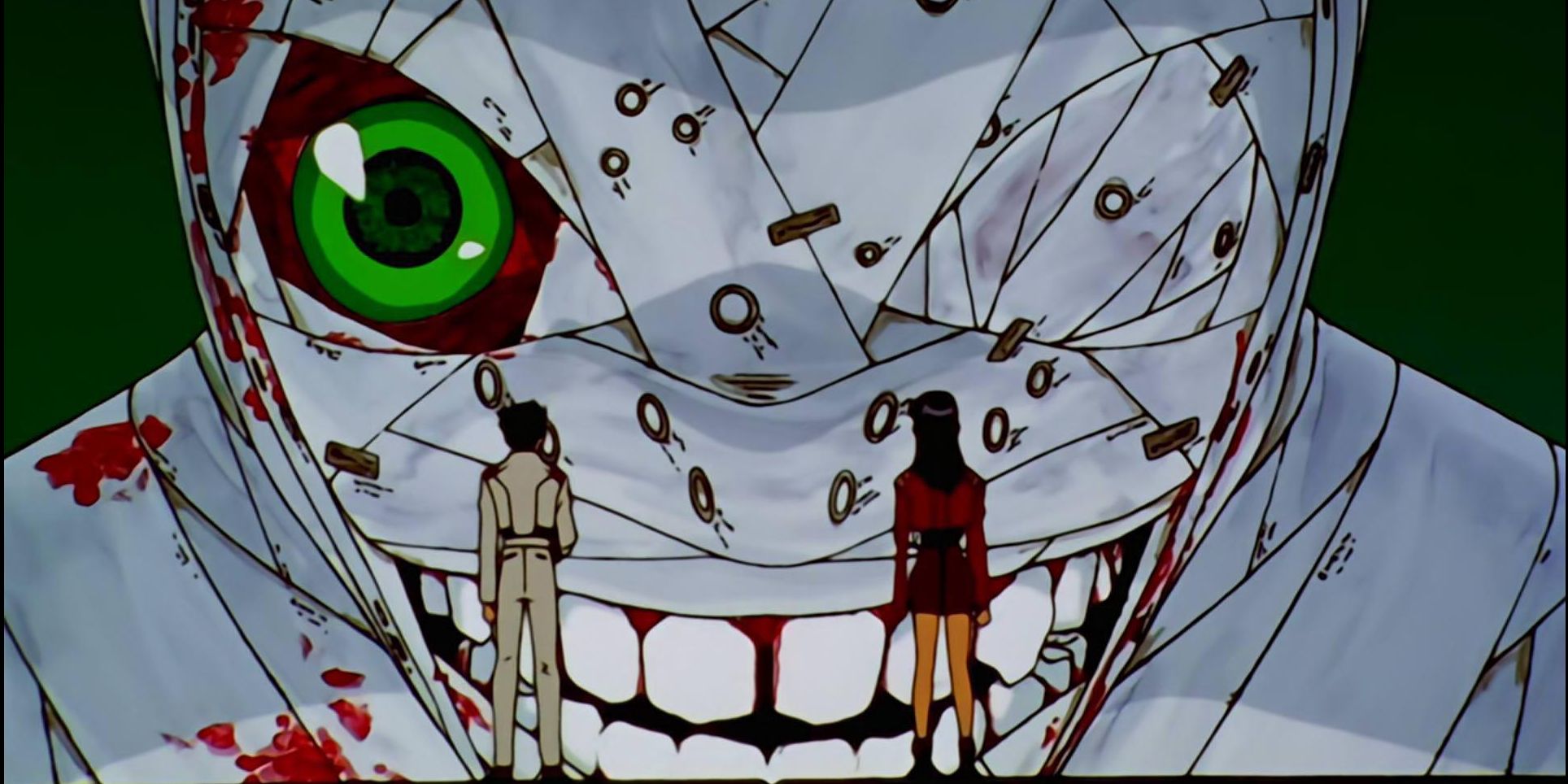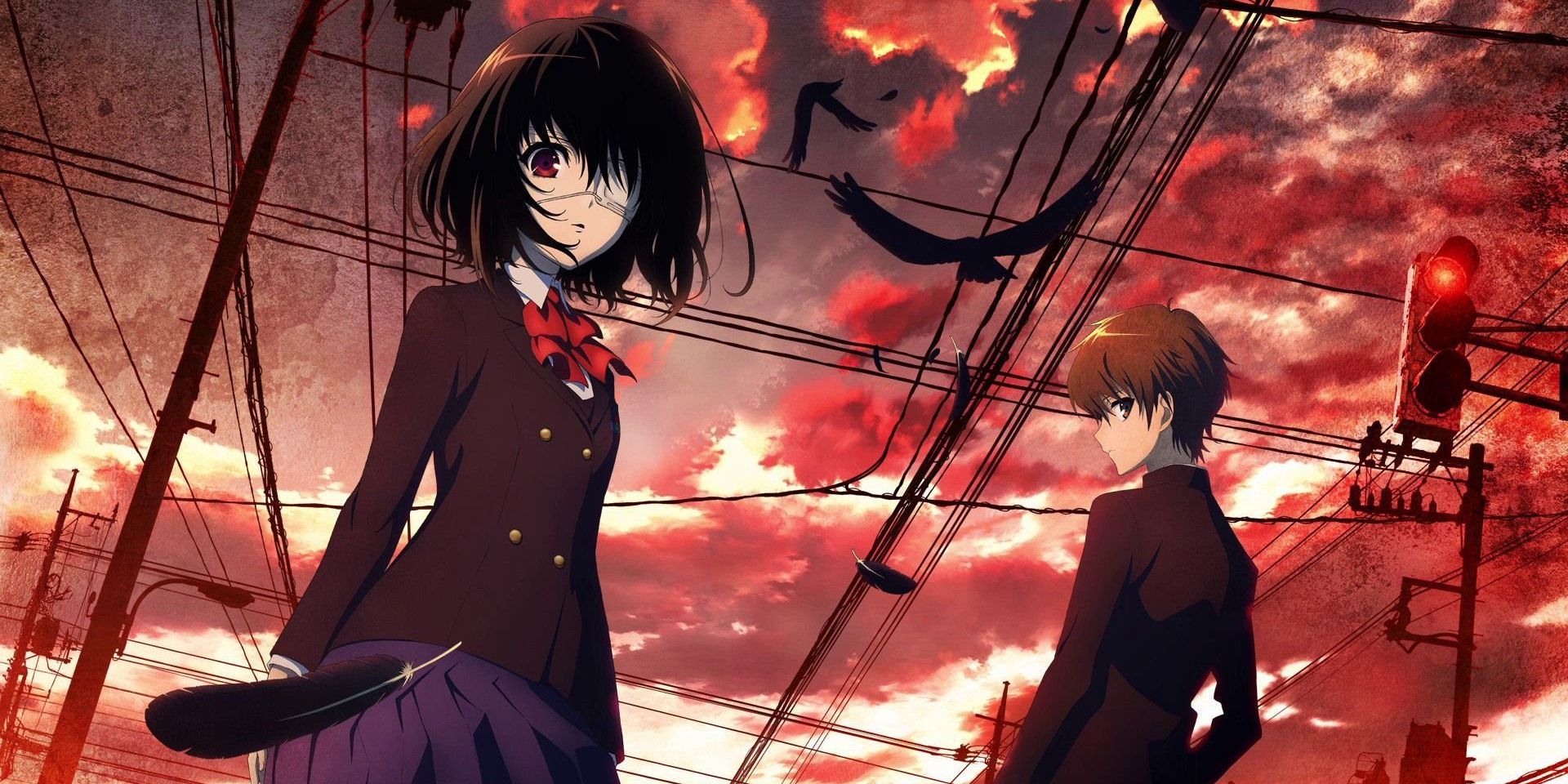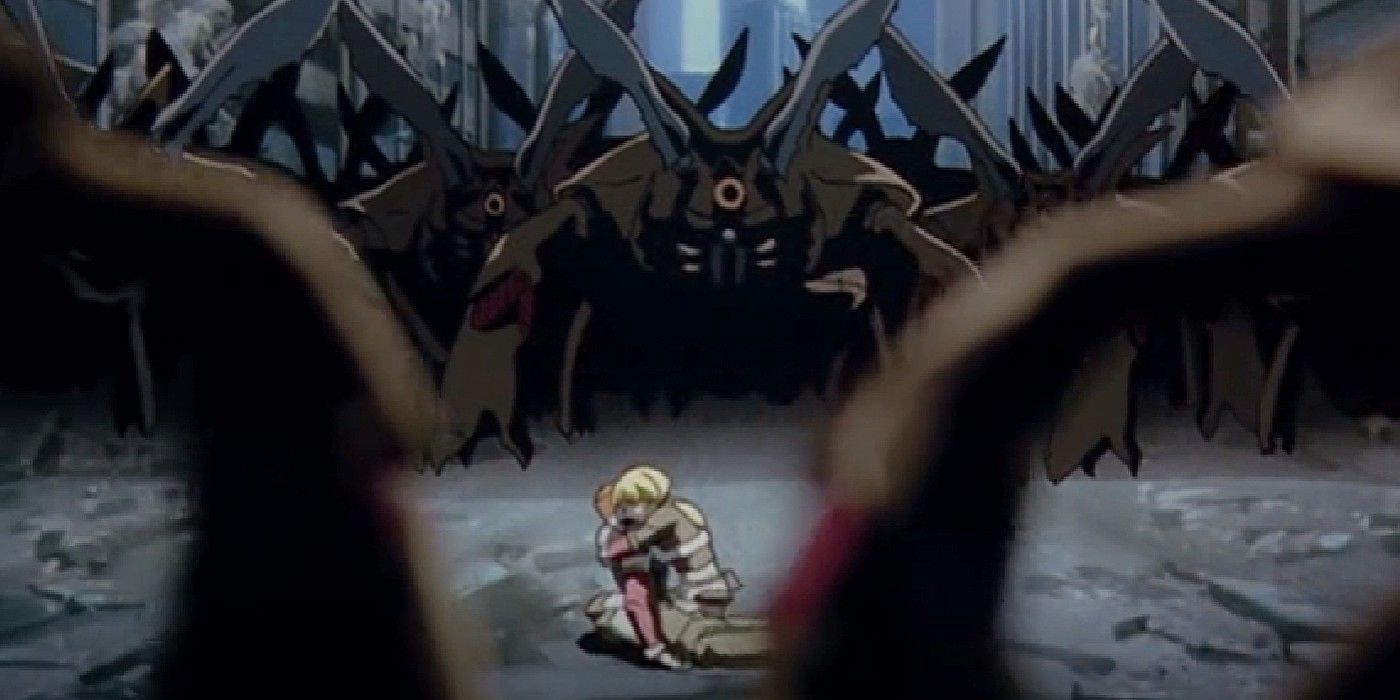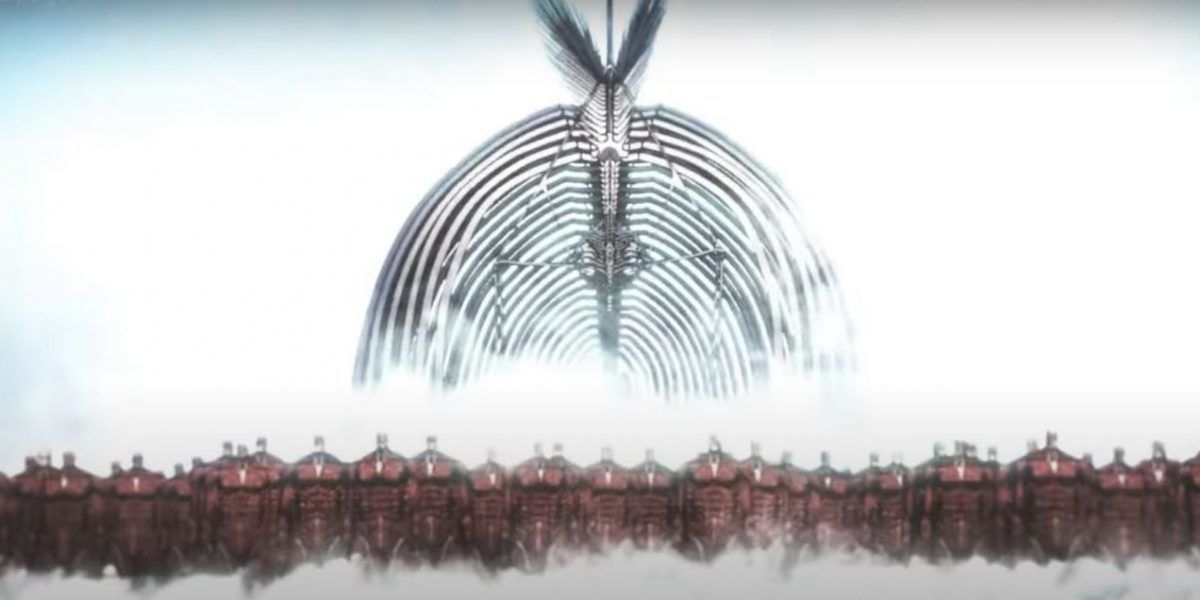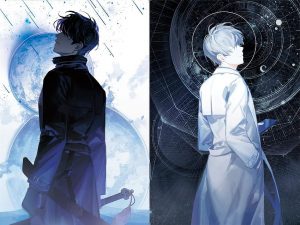Anime can be highly inspirational or deeply pessimistic and some of the most fascinating programs are the ones that don’t shy away from dark impulses.
Anime can be highly inspirational or deeply pessimistic and some of the most fascinating programs are the ones that don’t shy away from dark impulses. Sometimes an anime needs to ease into its wicked nature while other series start in bleak places and only drag audiences further down into darkness.
Anime’s mainstream boundaries keep getting pushed in ways where there’s a higher tolerance for violence and darkness in the medium. A gutting betrayal or an admission of hatred can cut much deeper than any flesh wound.
15. Made In Abyss
Made in Abyss is an extremely dark anime that’s likely disturbed more audiences than intended since its animation and art style make it look like a cheerful, kid-friendly adventure series. Admittedly, this child-like optimism is present in the show’s protagonist, Riko, who manages to stay hopeful in the face of tremendous loss.
Riko teams up with Reg, a robot boy, and a series of other unlikely creatures as they all descend further down the titular Abyss. A curse accompanies those who embark on this endeavor and each new level of the Abyss represents progressively mature horrors.
14. Paranoia Agent
Satoshi Kon was one of anime’s greatest psychological storytellers and his feature films, Perfect Blue and Paprika, are challenging, dark anime that are still seen as pivotal genre pieces. Paranoia Agent is Kon’s one television series and taps into deeper themes than what’s possible in a single movie over the course of 13 episodes.
A mysterious assailant known only as Lil’ Slugger terrorizes a community, but each episode of Paranoia Agent is filtered through a different victim’s perspective, which portrays this threat in a contrasting light. Paranoia Agent is an enlightening look into the power of social phenomena and rumors as they take on their own lives.
13. Monster
Monster is a dark anime that isn’t afraid to ask complex questions without a clear right or wrong answer. Dr. Kenzo Tenma’s decision to operate on a disadvantaged patient and save their life ends up securing the livelihood of a prolific serial killer.
Monster is patient and methodical with its pacing, but it still kicks off with dark deeds and losses. At 74 episodes, Monster has the time to let its dark ideas properly gestate and the true impact of guilt can be charted across Tenma as progressive tragedies occur.
12. Wonder Egg Priority
A lot of modern anime have used entrenched genre tropes as a way to deconstruct darker themes. Wonder Egg Priority is one of the more successful versions of this idea where the trauma that consumes Ai Ohto and the rest of her friends literally manifests into the gruesome monsters that they must eviscerate.
This juxtaposition between magical girl fantasy and bleak melodrama is incredibly effective and the battles they engage in are visually gorgeous sights to behold. Wonder Egg Priority works through metaphors, but right from the first episode, Ai is burdened with heavy thoughts for a young girl.
11. Talentless Nana
Nana Hiiragi is the new kid at school, but her biggest concerns involve assassination and the government’s satisfaction rather than homework and her popularity with her classmates.
Talentless Nana is a 13-episode dark anime where Nana, a government assassin, is tasked to take out the select “Talented” students who possess special powers. Talentless Nana is full of blood, guts, and guilt, all of which grow darker as Nana gets further along in her mission and racks up a higher body count.
10. Puella Magi Madoka Magica
The magical girl genre is a cheerful and optimistic style of anime storytelling, but Puella Magi Madoka Magica uses these well-established tropes to tell a psychological horror story where magical girls are manipulated into eternal contracts that end in widespread destruction.
Madoka wrestles over whether she should accept this magical responsibility. As she weighs her options, she witnesses the deaths of her closest friends. The most crushing element of Puella Magi Madoka Magica is that it cleverly earns a happy ending, only to callously dismiss it at the last minute in favor of forever trapping its magical girls in endless conflict and misery.
9. Elfen Lied
The basic premise behind Elfen Lied conditions the audience to expect a happy ending. Kouta encounters a human-looking alien who’s lost her memories but possesses extremely deadly psychic powers that threaten humanity’s existence. Elfen Lied constantly tortures its Diclonius test subjects, who are repeatedly told that they don’t belong.
Kouta’s efforts to provide these creatures with some sense of normalcy are way beyond his means. The Diclonius try their best, but Elfen Lied chronicles years of abuse and presents a grim finale that reinforces the dangers of the unknown rather than the importance of acceptance and understanding.
8. Happy Sugar Life
At first glance, Happy Sugar Life looks like a cheerful slice-of-life series about two friends. In reality, Satou Matsuzaka is a highly unstable individual who kidnaps a young girl, Shio, after she becomes obsessed with the innocent child’s purity.
Happy Sugar Life is only 12 episodes, but death, abuse, and mental manipulation are par for the course in each installment – making it one of the darkest anime ever created.
7. Texhnolyze
Texhnolyze is an exercise in endurance that begins with Ichise, an entertainment fighter, falling onto harsh times that only progressively kick him more once he’s down.
Ichise is forced to go on the run, losing vital pieces of himself in the process. Texhnolyze is only 22 episodes, but there’s enough dread and gloom to last double that length. Ichise is repeatedly confronted with proof that the world is a jaded, broken prison.
6. Future Diary
Radical death games have become increasingly popular in anime and series like Future Diary deconstruct the corruptive nature of power. A group of teenagers are suddenly in the running to become an omnipotent being, which triggers a violent and bleak game of cat-and-mouse between the potential candidates.
Future Diary’s premise is inherently depressing, but most of its cast are damaged and on the brink of losing themselves. It’s genuinely tense as Yuki and Yuno progress further in this sordid game. The anime’s grand finale can technically be seen as optimistic under certain conditions, but Yuki is resigned to an empty, lonely existence.
5. Higurashi: When They Cry
Higurashi: When They Cry is another masterpiece of subterfuge that secretly unleashes its dark themes when the audience least expects it. The cute “moe” character designs create a false sense of security that’s quickly stripped away through rampant murders, a mysterious viral disease, and a time loop narrative that hammers in the bleak idea that success is impossible.
Higurashi: When They Cry is an anime very comfortable repeatedly executing its innocent characters as others struggle with their hopeless endeavors. Whenever happiness is achieved, it feels as if it will immediately be taken away.
4. Neon Genesis Evangelion
Neon Genesis Evangelion is one of the most celebrated anime of all time and so much more than a mecha series where giant robots take on intimidating monsters. Neon Genesis Evangelion is an anime about depression and loss, which only becomes more oppressive in its narrative.
The first handful of Neon Genesis Evangelion episodes are the lightest of the lot as the mecha series finds its footing, but they’re still full of death, loneliness, and the start of Shinji Ikari’s depression. These brief moments of peace are completely impossible by Neon Genesis Evangelion’s end.
3. Another
Another is a pitch-black psychological horror anime that consistently keeps the audience on their toes over the course of a dozen suspenseful episodes. Koichi Sakakibara is a simple transfer student who experiences a rude awakening when his entry to Tomiyama North Junior High is steeped in death and sorrow.
Koichi befriends a moody girl, Misaki, but he’s soon left to contemplate if she’s in need of his help or some lost spirit. Another starts in a dark place, but the mystery that plays out grows increasingly morose as the characters and audience are left to consider who is truly dead in this story.
2. Blue Gender
Blue Gender looks at humanity on its last leg as humans retreat from an alien menace that’s taken control of Earth. Blue Gender treats survival as a lost cause.
Yuji Kaido becomes an excellent audience surrogate as he’s awoken from his cryogenic slumber in a new world that barely resembles what he’s known. Yuji’s unique condition positions him as a crucial figure in this extraterrestrial conflict, but death and body horror dominate the storytelling.
1. Attack on Titan
By the time Attack on Titan’s final season hits, the world is immersed in darkness and the audience doesn’t even know why they should trust in this generational war.
Betrayal mounts and the series’ stalwart hero, Eren Jaeger, naturally transforms into humanity’s greatest threat. Attack on Titan embraces evil and corruption as it goes on, but this is also a dark anime that features the graphic death of Eren’s mother in the very first episode.


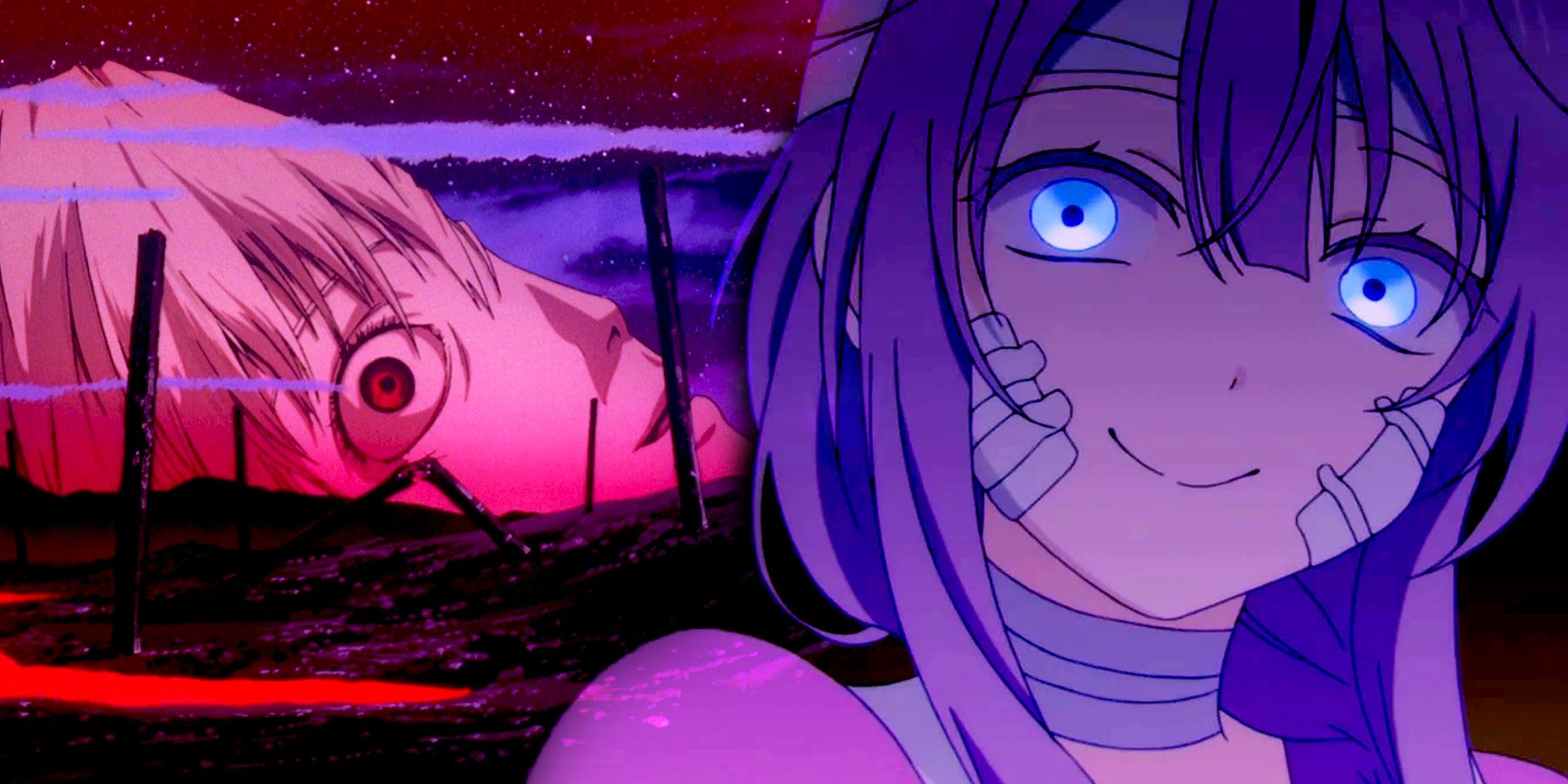
-1.jpg)
